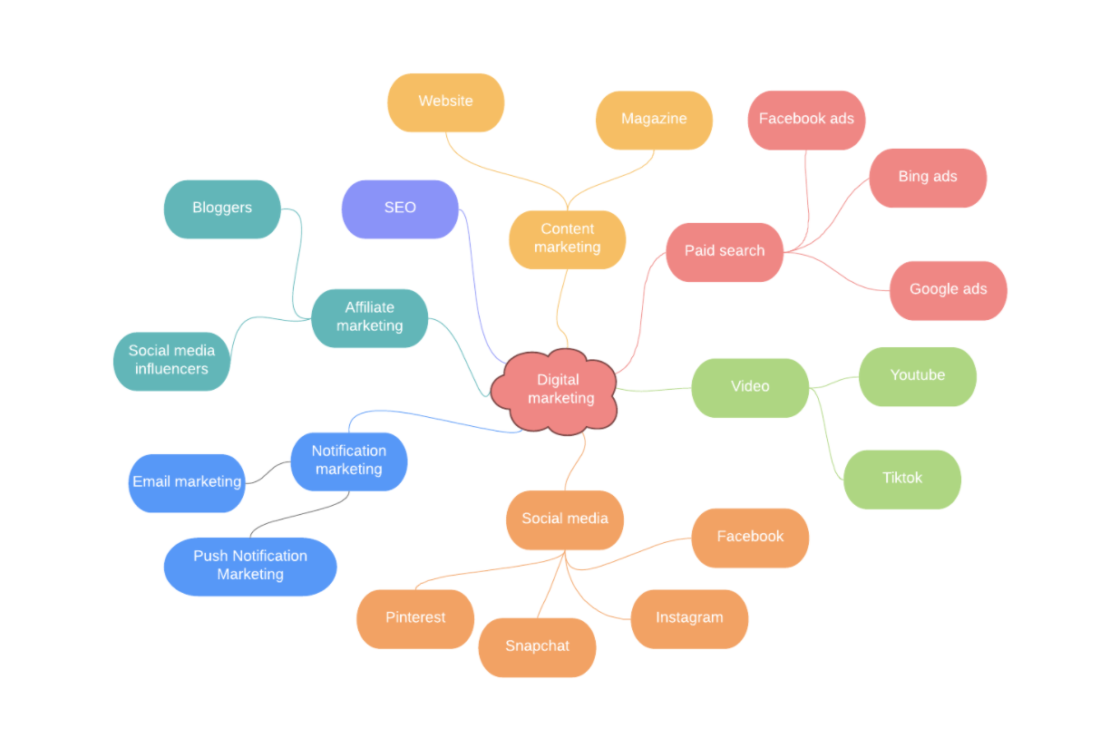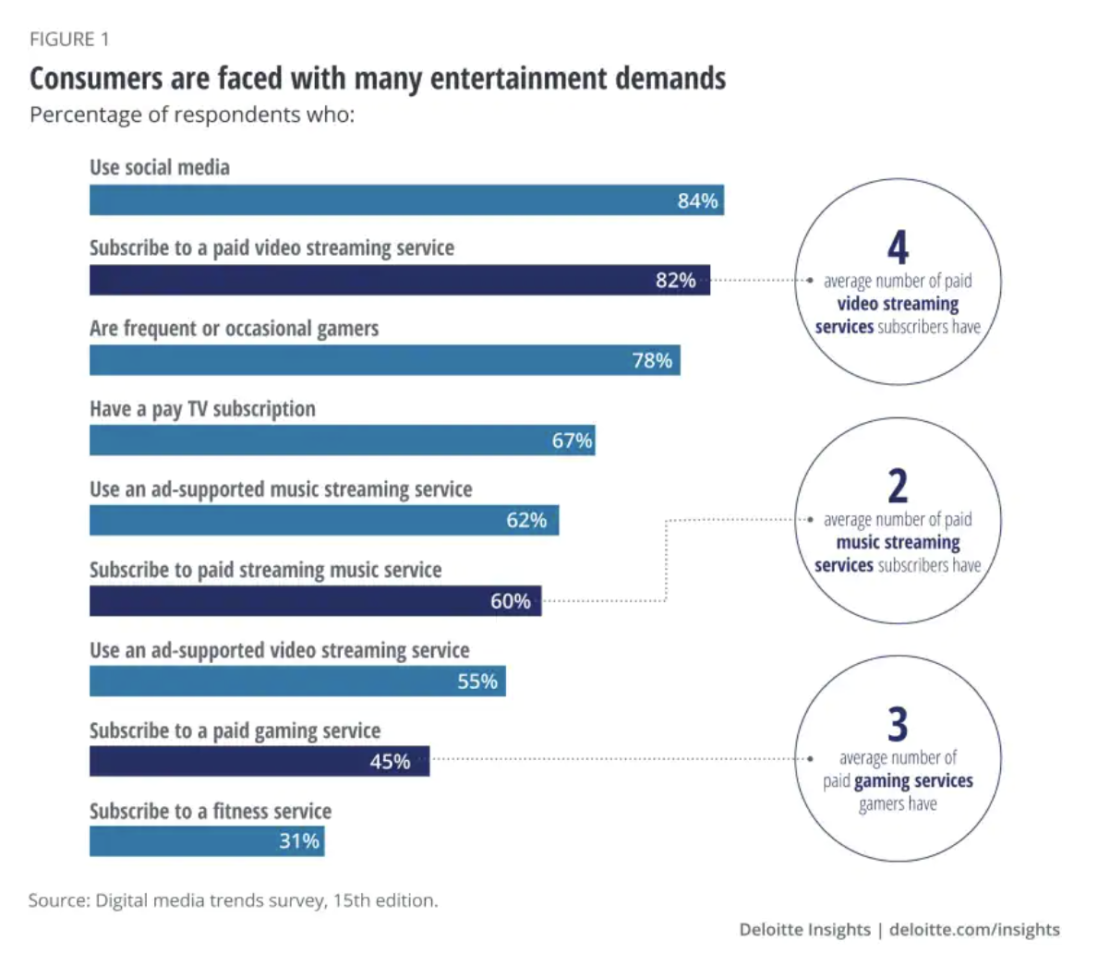
For some time, I’ve been looking for one “source” that curates modern takes on HR Tech, perspectives from the people who build it, and its impact on enterprise — something that’s tailor-made by professionals for decision-makers.
I never found it — so I decided to build it.
Every week, I’ll be sharing fresh insights on tech platforms, design, data, and the future of work — straight to your inbox.
My Thoughts
As more Americans receive their vaccines, companies are facing decisions about whether or not to return to the office. It’s clear at this point that there are leaders who get it, and leaders who don’t. 👩💻📈🔥 Google and Alphabet CEO Sundar Pichai, for instance, has focused on giving employees more flexibility in designing how they work and on providing them with the benefits and support they need to succeed. 🙌💪☁️ Contrast this with Goldman Sachs and JP Morgan, who’ve both sent memos telling their employees to go back to the office by a hard deadline. 🏢 🚗 Sure, office cultures vary across sectors. But regardless of industry, top down, anti-collaborative thinking just doesn’t cut it anymore. Companies that understand that employees are their greatest asset are already winning the war over talent, and the disparity will only grow.
Tech Innovation at Work
Food52 — founded by New York Times food editors Amanda Hesser and Merrill Stubbs — is slowly becoming a gourmet empire. When they started, Hesser and Stubbs chose not to write recipes for the site themselves, but to crowdsource from their audience. 🍜🍳😋 Unlike magazines like Bon Appétit and Gourmet, Food52 tapped into a tradition of community recipe books, women’s magazines, and home cooking. They encouraged readers to submit recipes, cooked reader selected recipes in videos, and encouraged broad participation from their audience. 🔥💪🍷 This approach helped them build a loyal community that felt like they had a say in content creation. Food52 now has a large readership and 134 people on staff. Now the brand is moving into product creation and readers are encouraged to be part of the “design team” by participating in detailed surveys and prototype testing. 📱✨ Food52 is by no means perfect — but there’s a lesson here somewhere about building trust with an audience and valuing their input.
How do you supercharge your e-commerce platform? 🏆👨💻 BCG Digital Ventures identified eight high-impact levers: digital marketing, marketplaces, user experience, omnichannel capabilities, technology, organization, operations, and ecosystems and partnerships. For e-commerce retailers to be successful, they will have to invest in and optimize each enabler. You can read a more detailed breakdown of the categories here.
Here’s an important perspective on the growth of AI. AI is already ubiquitous, but it’s easy to forget its environmental, political, and social dimensions. Building AI is resource intensive, and AI programs operate under a lot of assumptions. Kate Crawford, a professor at the University of Southern California and researcher at Microsoft, believes AI is in urgent need of regulation. 👩⚖️🎓🤖 In her new book — Atlas of AI— she visits a lithium mine, an Amazon warehouse, and a 19th-century phrenological skull archive. Crawford, had this to say: “Let’s be clear: statistical prediction is incredibly useful; so is an Excel spreadsheet. But it comes with its own logic, its own politics, its own ideologies that people are rarely made aware of. 👏🔥⚖️ And we’re relying on systems that don’t have the sort of safety rails you would expect for something so influential in everyday life. We have a regulation emergency: There are tools actually causing harm that are completely unregulated.”

Shopify Capital has provided $2 billion in funding to tens of thousands of entrepreneurs. 💸🛍️✨ The firm has been using its machine learning-driven model to identify eligible businesses without needing loan-seekers to send applications. According to Shopify, their machine learning model is able to gauge how fast a company grows by using factors different from those commonly used in the financial industry. 🤖💡💅 “Our model allows us to predict merchants’ minimum sales with 90% accuracy while helping us make more proactive, pre-qualified offers as quickly as possible,” claims Solmaz Shahalizadeh, vice president of data science and engineering, commerce intelligence at Shopify.
WorkBoard Inc.— a workplace management software — announced its chat-first experience, Calibrate & Celebrate. Calibrate & Celebrate meets users in Microsoft Teams on Monday morning with the few things that need their focus for the week and on Friday afternoons with the progress and victories to celebrate with their team members. 📆📲 🙌 Both the Monday and Friday messages give managers the “easy button” – a single click to cheer, nudge, and comment to engage and motivate their teams to their best possible outcomes. Rather than navigate to an app or search for a spreadsheet, WorkBoard delivers the few things that truly need attention and recognition. If the UX works as intended, it could improve effectiveness across the board and signal changes for work management software. 🤔💡
Airbnb built a unified tracking system to support their marketing campaigns. The system today serves more than 130 ad platforms and 100M+ marketing ads. If you’re interested, they broke down how they did it by keeping an eye on scalability, quality data, flexibility, and fraud tolerance. 📊💪

The Changing Workplace
HR leaders may be worried about maintaining company culture now that many companies have switched to remote or hybrid work on a semi-permanent basis. A Stoneside survey found that more than 25% of employees think workplace culture is worse now. Here are a few tips to counteract employee dissatisfaction and keep your teams connected:
- Recognize new norms by updating policies and practices, and survey your employees to find out if they share and celebrate existing values. If they don’t — figure out how to make changes.👈✍️
- Tim Rowley, COO & CTO at PeopleCaddie, suggests planning regular group events in your office space or at a conference center where people can be face-to-face safely and comfortably. 🍻🌎
- Encourage team culture by asking groups to create team charters when they come together. It’s a roadmap and agreement for how they’ll schedule and conduct meetings, distribute the workload, make decisions, give feedback and respectfully interact.
- Perhaps the most important thing about company culture is that it can – and maybe should – be fluid. Let employees be part of recognizing needs for change and adapting to the times. 👏💯
Jenny Lay-Flurrie was tapped as Microsoft’s Chief Accessibility Officer in 2016. She spoke in an interview about the responsibilities of her post, the company’s approach to accessibility, and the new programs they’re currently working on. ⚖️🔥 Here’s what she has to say about that last one: “It’s making sure that we expand our dedicated programs like our autism hiring program to different parts of the globe. We’re also expanding our supported employment practice, which creates job opportunities for people with intellectual and developmental disabilities. And we’re working on the accessibility of our buildings in a way that’s not just about meeting the letter of some local code. ♿🏢 You have to have a safe environment where people feel that they can self identify, have a conversation about disability and ask for what they need to be successful. Our global accommodations are centralized, so no matter where you are in the world you can ask for what you need to be successful and the cost is never seen by your manager.”
All About Data
Data sets are the backbone of AI research, but studies have found that core data sets can contain serious flaws. 🙈📉 According to a new study out of MIT, the 10 most cited AI data sets are riddled with label errors:
- The ImageNet test assesses what happens when AI labels photos of people — and it has an estimated label error rate of 5.8%.
- Meanwhile, the test set for QuickDraw, a compilation of hand drawings, has an estimated error rate of 10.1%.
Correcting data errors can make a huge difference. Researchers found that the models that didn’t perform so well on the original incorrect labels were some of the best performers after the labels were corrected. 👍🤔 In particular, the simpler models seemed to fare better on the corrected data than the more complicated models that are used by tech giants like Google for image recognition and assumed to be the best in the field. In other words, we may have an inflated sense of how great these complicated models are because of flawed testing data.
If you haven’t yet, I highly recommend checking out Deloitte’s Digital Media Trends Survey. 👨💻📱There are some interesting insights. Here’s the breakdown of user media consumption according to channel:

Other notable findings include:
- Contrary to popular belief, Gen Z may not be video first. They engage across channels, with specific preferences for gaming. Content providers targeting Gen Z should be looking to implement an omnichannel strategy, led by video. 🎮 🎯
- The cost of video streaming is rising, and consumers are definitely noticing. 46% of respondents said that a low enough price was the most important factor in deciding to subscribe to a new paid streaming video service. 💵 🙉
- Video streaming services are facing retention problems and persistent churn. 66% of people were frustrated when content they wanted to watch was removed from a service, and 53% were frustrated by having to subscribe to multiple services to access the content they want. 52% found it difficult to access content across so many services, and 49% were frustrated if a service failed to provide them with good recommendations.
- Unsurprisingly, social media platforms are facing problems with public trust. 43% of respondents felt that social media companies did a good job managing misinformation, while 44% felt that they could have done more. And even though many people get their news from social media, 67% don’t trust the news they see on those services. 👷 ✅
Click here to subscribe to Exit Interview, a weekly email about tech platforms, design, data, and the future of work — straight to your inbox.

